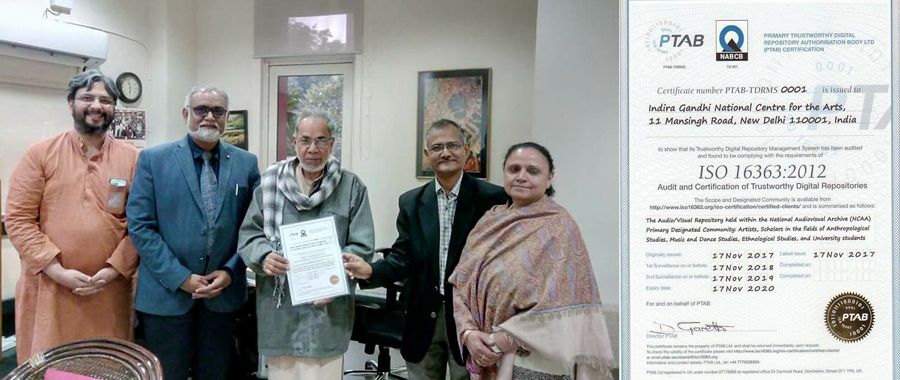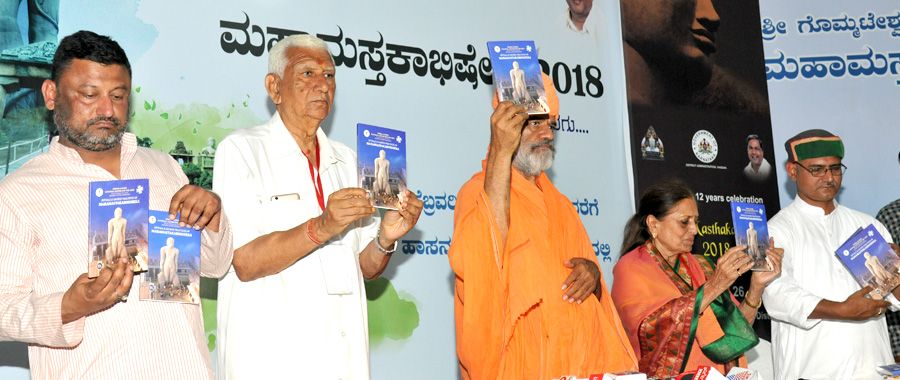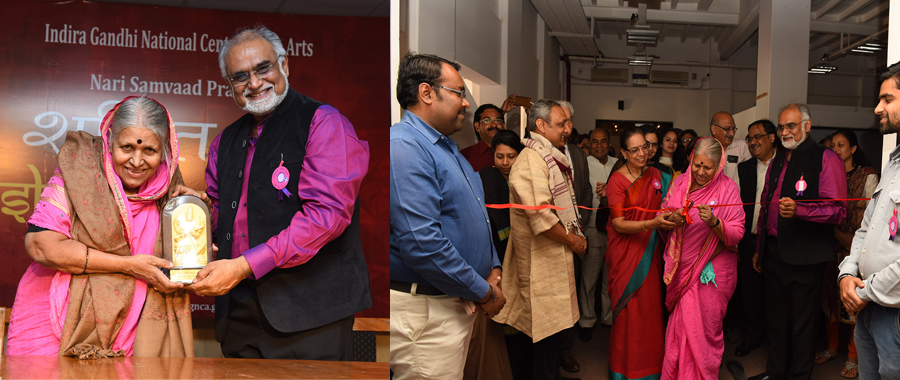Be it a scientist, a doctor, an artist or anybody else, there is nothing wrong in saying that India has always been a land of immense talent. All around the world, Indian contemporary art has always amazed people. Without a doubt, there are infinite number of talent resources in India and it is not any step behind in any field.
India is considered as a homeland of different traditions. People, from most of the countries, possess immense love for ancient Indian art and culture. Regardless of whether it is classical arts like Rangoli, a sculpture or a painting, individuals from most of the countries have always appreciated and praised ancient Indian art.
Here, with this post, we are going to put light on some of the many Indian contemporary art that has been around for several years. Let have a look at them:
Indian contemporary art that have survived ages
Indian contemporary art have witnessed many ages and generations. It never died. The culture of India is very distinct, and hence, with every single passing years, a wide range of art forms has evolved. There are some arts that have received the touch of new shades and elements, on the other hand, there are also some Indian contemporary arts that are still not touched by the modernization.
Without stretching it anymore, let's get started-
Madhubani Paintings
One of the most popular painting in India is Madhubani painting. It has origin in Madhubani district of Mithila region, Bihar. More often than not, this painting is also known by the name “Mithila Art”. Women from different communities of India, who used to practice painting on plastered mud walls and floors of huts are considered as the originator of this traditional art. Be that as it may, this painting is now done on cloths, canvas, handmade papers and so forth.
Tanjore/Thanjavur
Originated from the district Thanjavur situated in Tamil Nadu, Tanjore/Thanjavur is a classical south Indian painting. Gold coating is the specialty of Tanjore painting that provides the art a surreal appearance.
Kalamkari
The word Kalamkari is formed by combining two words i.e. Kalam (pen) and Kari (craftsmanship). It refers to drawing with the help of a pen. Natural dyes that are extracted from trees are used in Kalamkari painting. These days, Kalamkari is being used in crafting beautiful sarees and ethnic wears.


